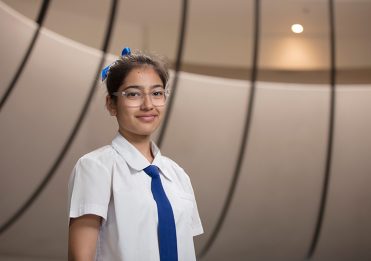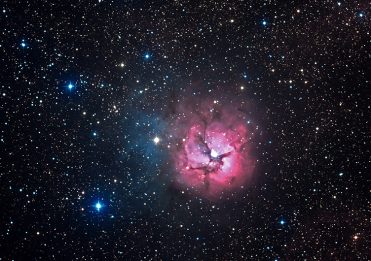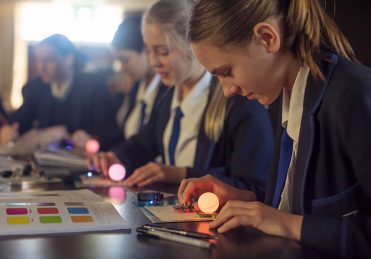The People’s Choice Award winner received the most votes from our Open Day guests and the Grand Prize Winner was selected by the Astronomical Association of Queensland (AAQ).
People’s Choice Award: Ysee Nicolas (8B)
Grand Prize: Olivia Cheng (8R)
Special mention must go to the following students, whose images were also regarded highly by the AAQ in their annual astrophotography competition:
- Charlize Chen (8G)
- Ajin Kyoung (10H)
- Evie Sayer (10L)
- Ruby Smith (10O)
- Caitlin Trappett (10O)
The names of these students, in addition to that of our Grand Prize winner, Olivia Cheng, will be featured in the AAQ’s monthly newsletter.
Congratulations to this year’s winners and to those students whose images were deemed meritorious by the AAQ.
Ms Gerri Bernard
Head of Curriculum Development—Science
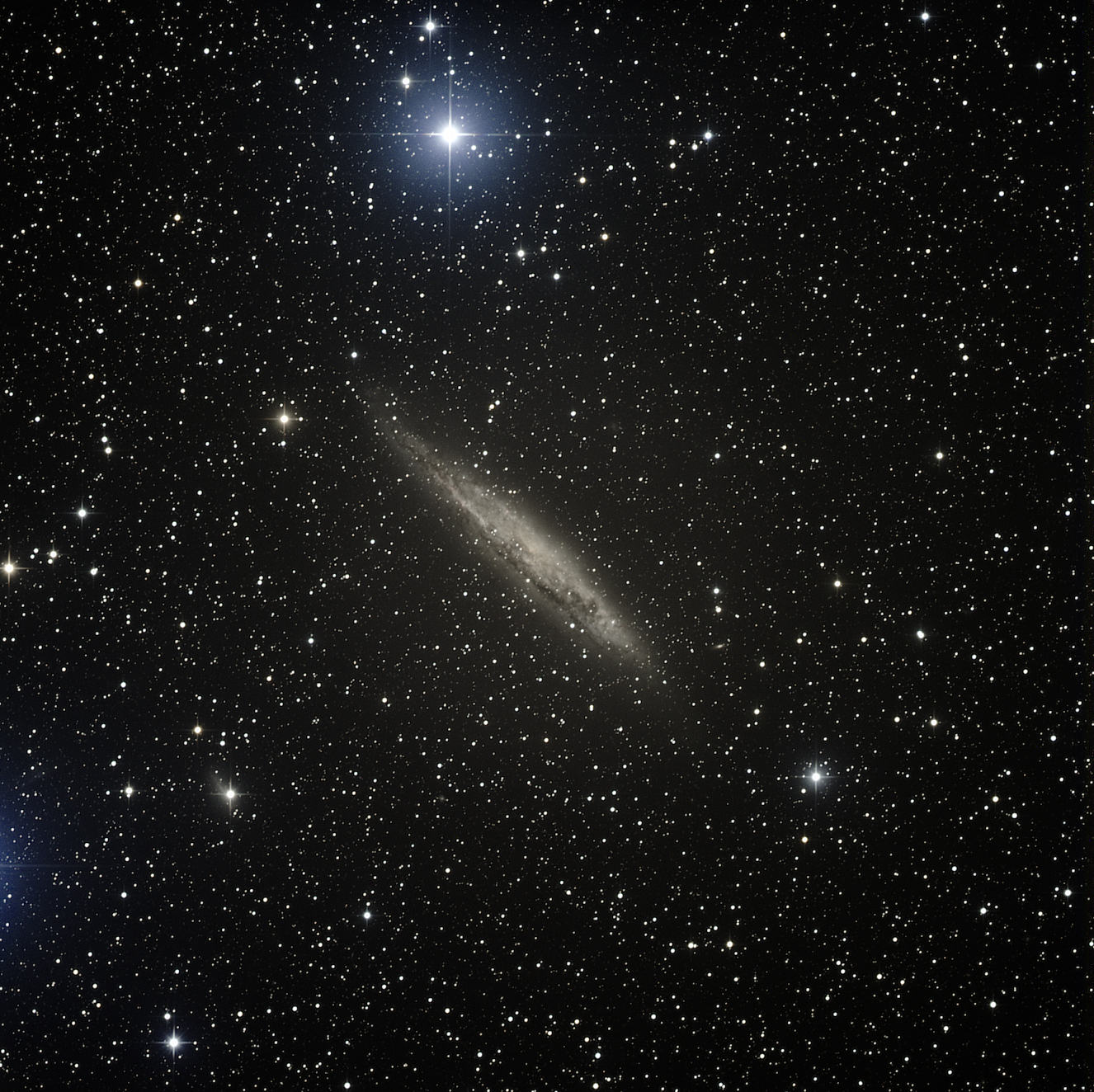
Olivia Cheng (8R)—NGC 4945 is a barred spiral galaxy seen side-on from Earth and located more than 11 million light-years away. The dust lanes are particularly visible in this beautiful image.
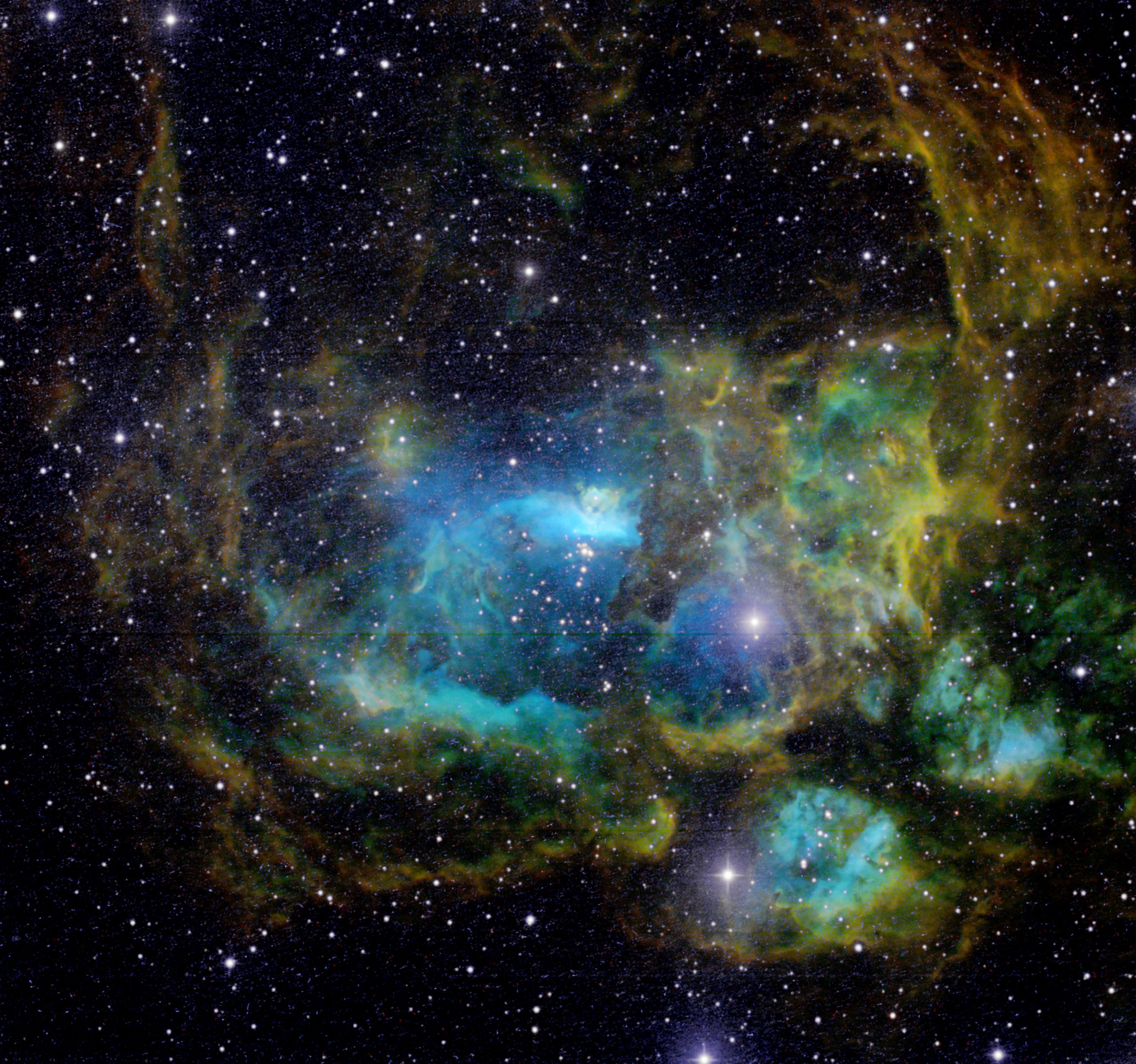
Evie Sayer (10L)—The Lobster Nebula (also known as the War and Peace Nebula) is an emission nebula more than 5500 light-years away from Earth. In this narrowband image, the regions of oxygen (blue) are distinguishable from the areas of hydrogen (green) and sulfur (red)
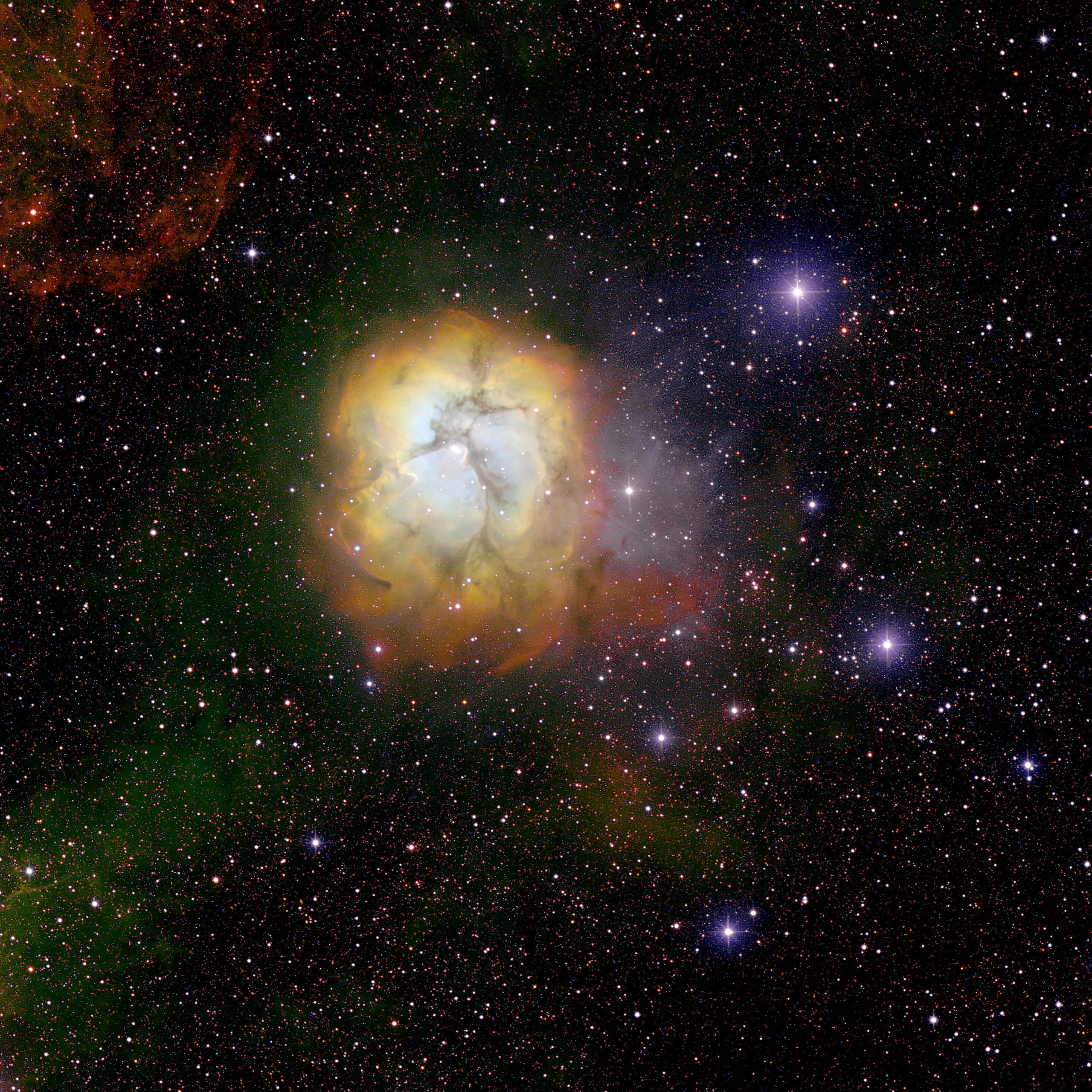
Ruby Smith (10O)—The Trifid Nebula is a combination nebula (emission, reflection, and dark nebula). This is a narrowband image, showing the distribution of hydrogen (green), sulfur (red) and oxygen (blue) gases in the nebula
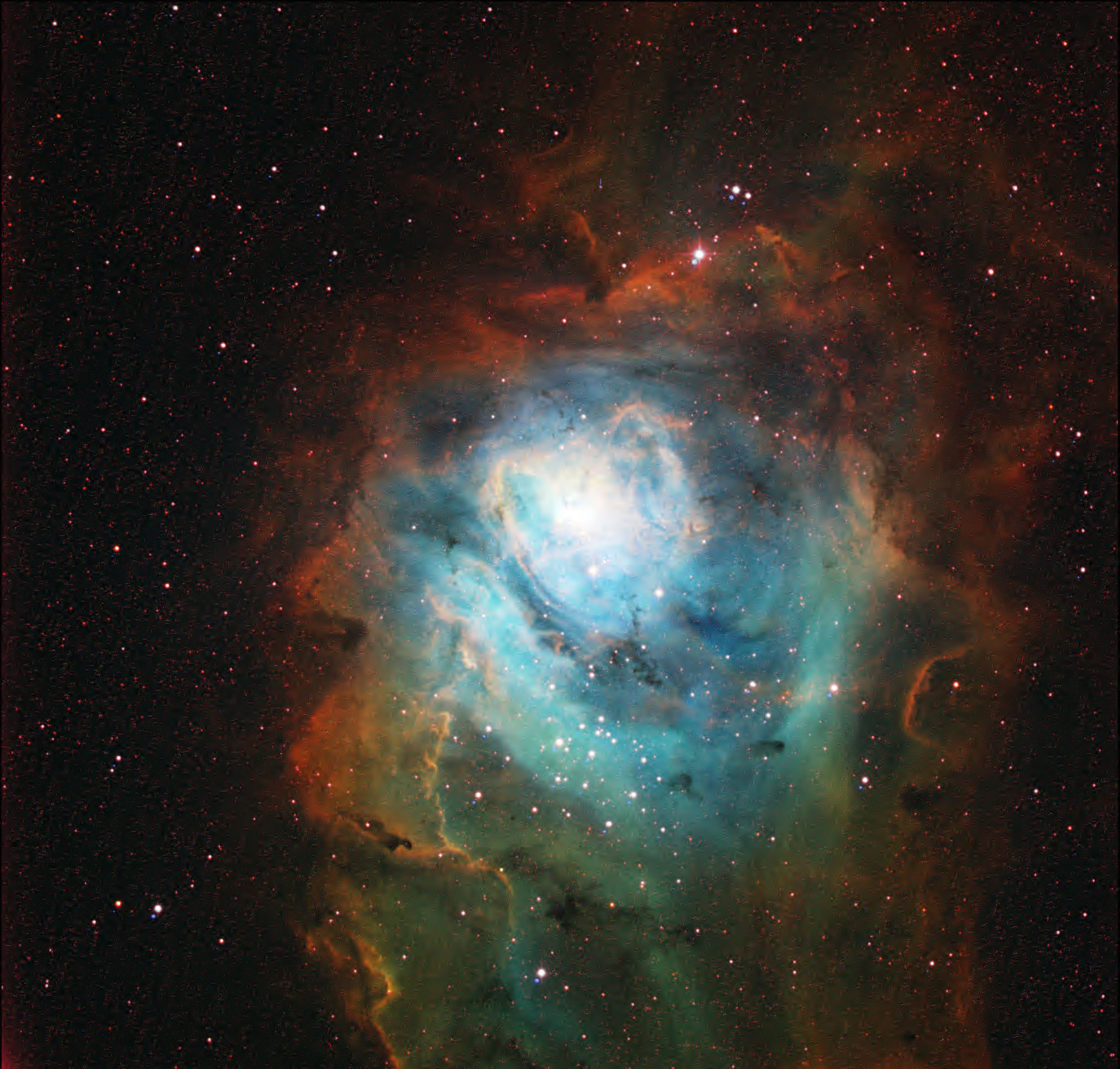
Ajin Kyoung (10H)—The Lagoon Nebula is an emission nebula that is more than 110 light-years from top to bottom and 50 light-years from side to side. This narrowband image shows that the centre of the nebula is comprised of oxygen (blue), while the edges contain mainly sulfur (red) and hydrogen (green/yellow)
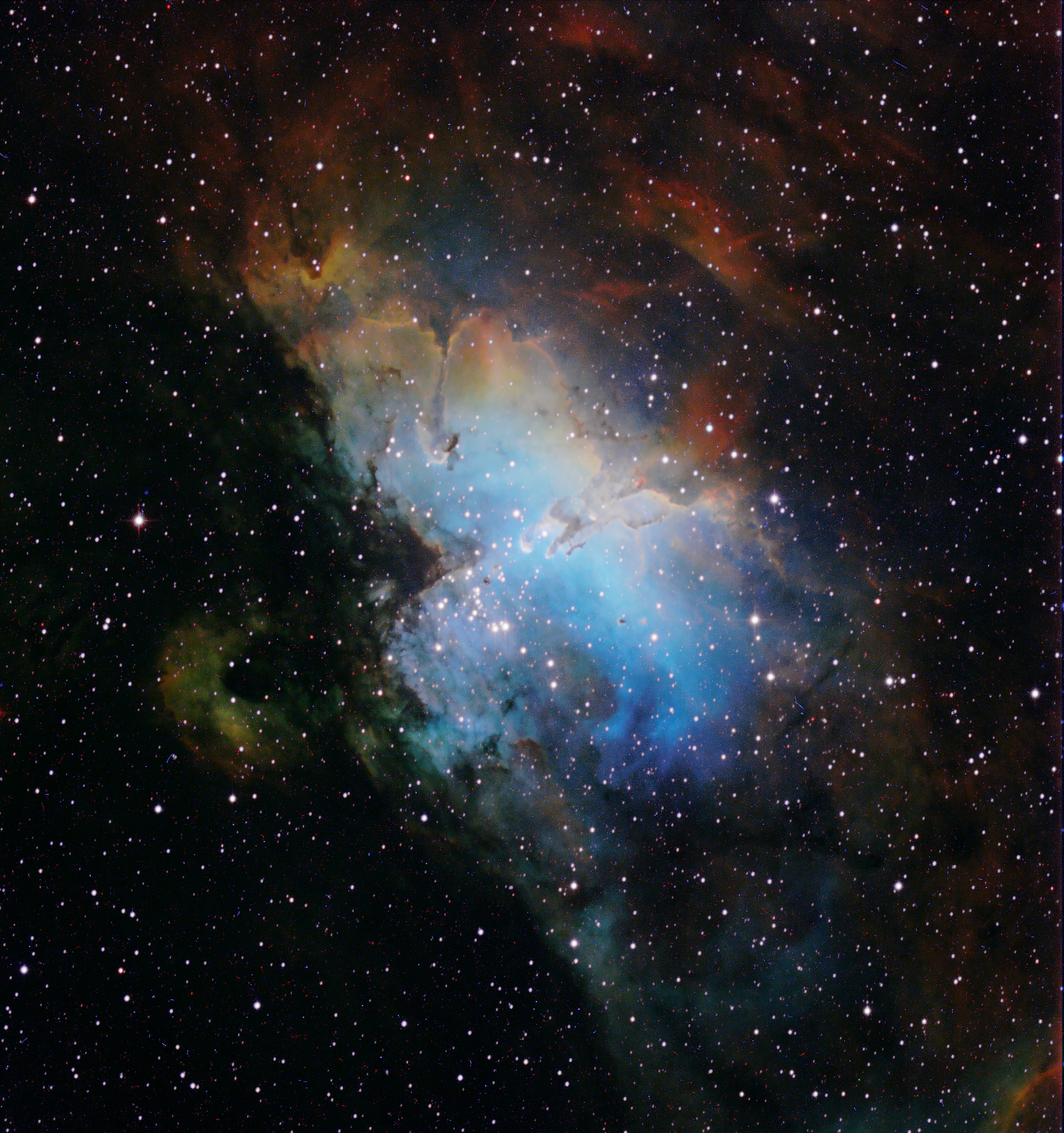
Caitlin Trappett (10O)—The Eagle Nebula is an emission nebula with a very active star formation. This narrowband image clearly contrasts the oxygen-rich centre of the nebula (blue) with the hydrogen (green/yellow) and sulfur (red) outer regions
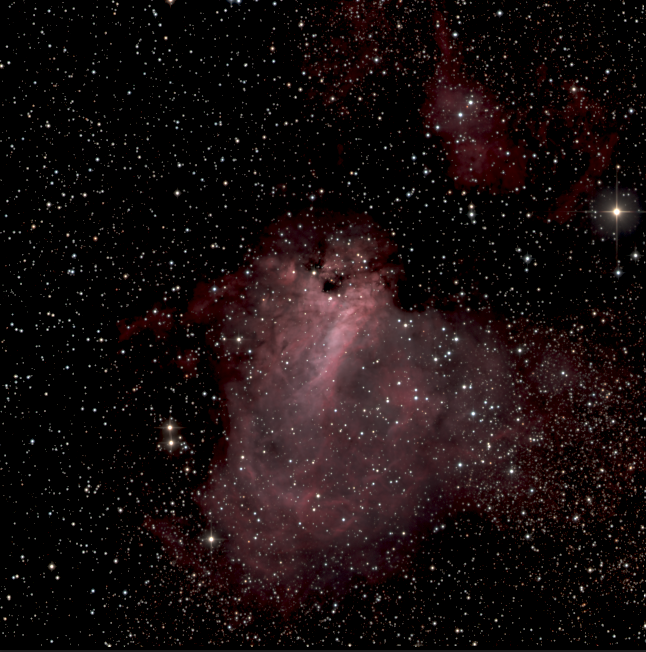
Charlize Chen (8G)—The Swan Nebula (also known as the Omega Nebula) is an emission nebula more than 15 light-years across. This image shows details of the swirling, glowing hydrogen and also differentiates the young, blue stars near the nebula from the older, yellow stars further away
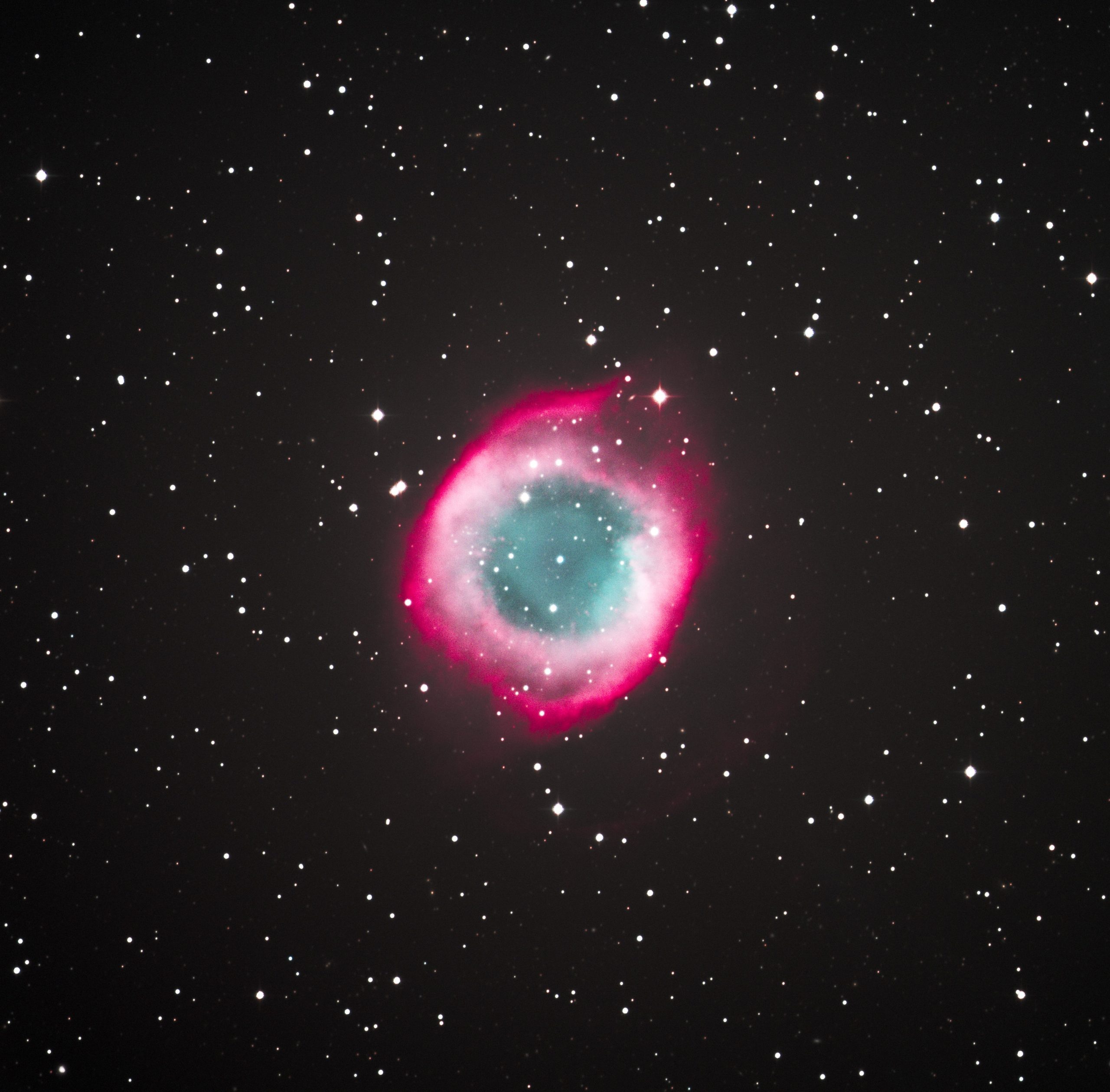
Ysee Nicolas (8B)—The Helix Nebula is a supernova remnant located more than 600 light-years away from Earth. This image brings out the bright red colour of the glowing hydrogen gas in the nebula


